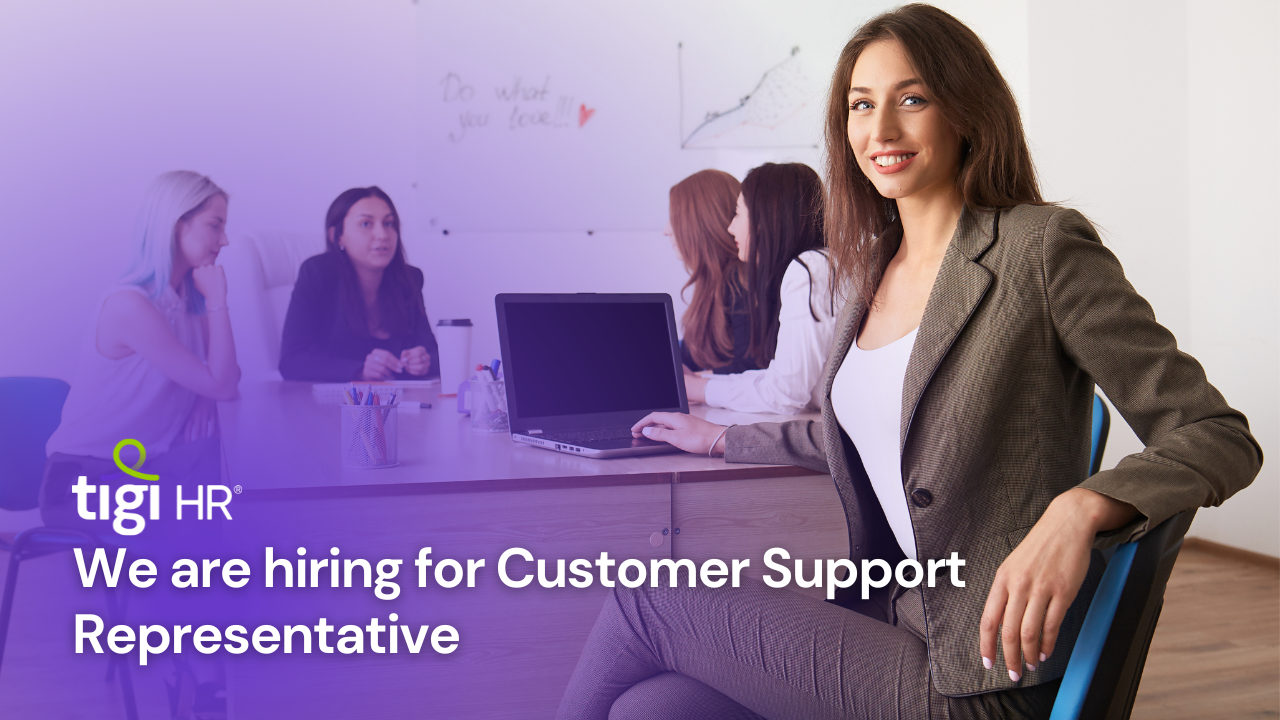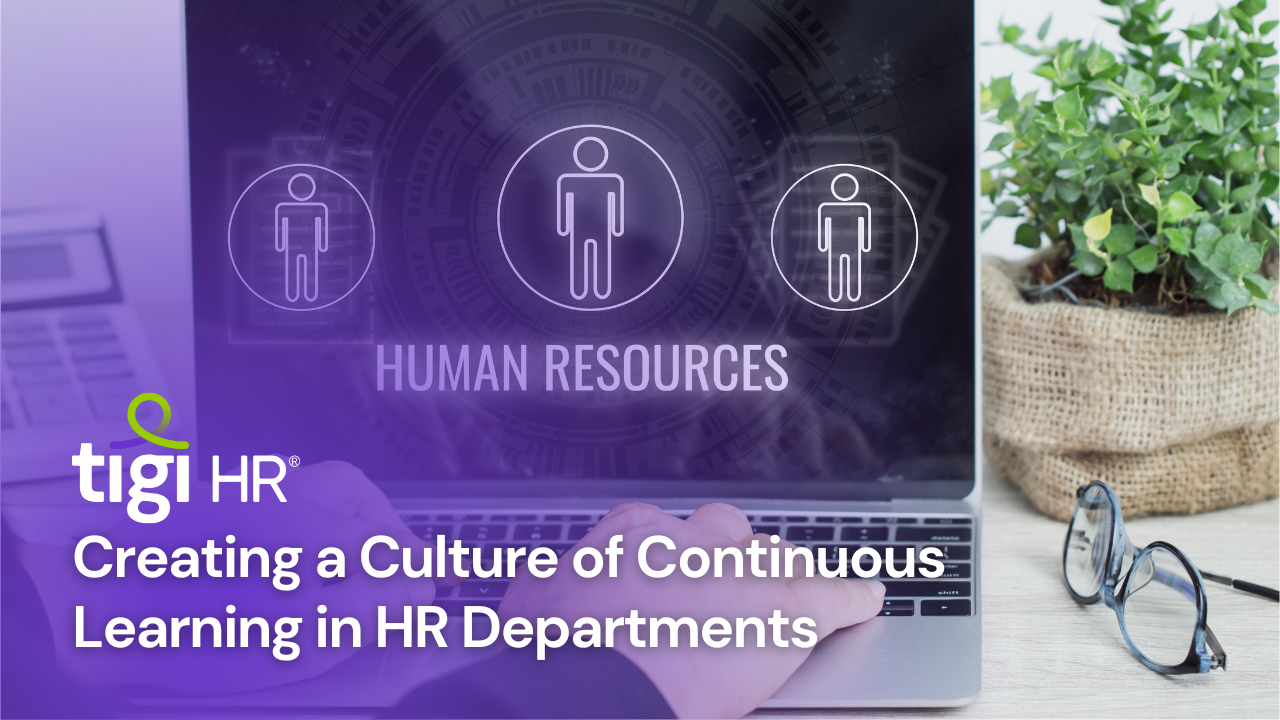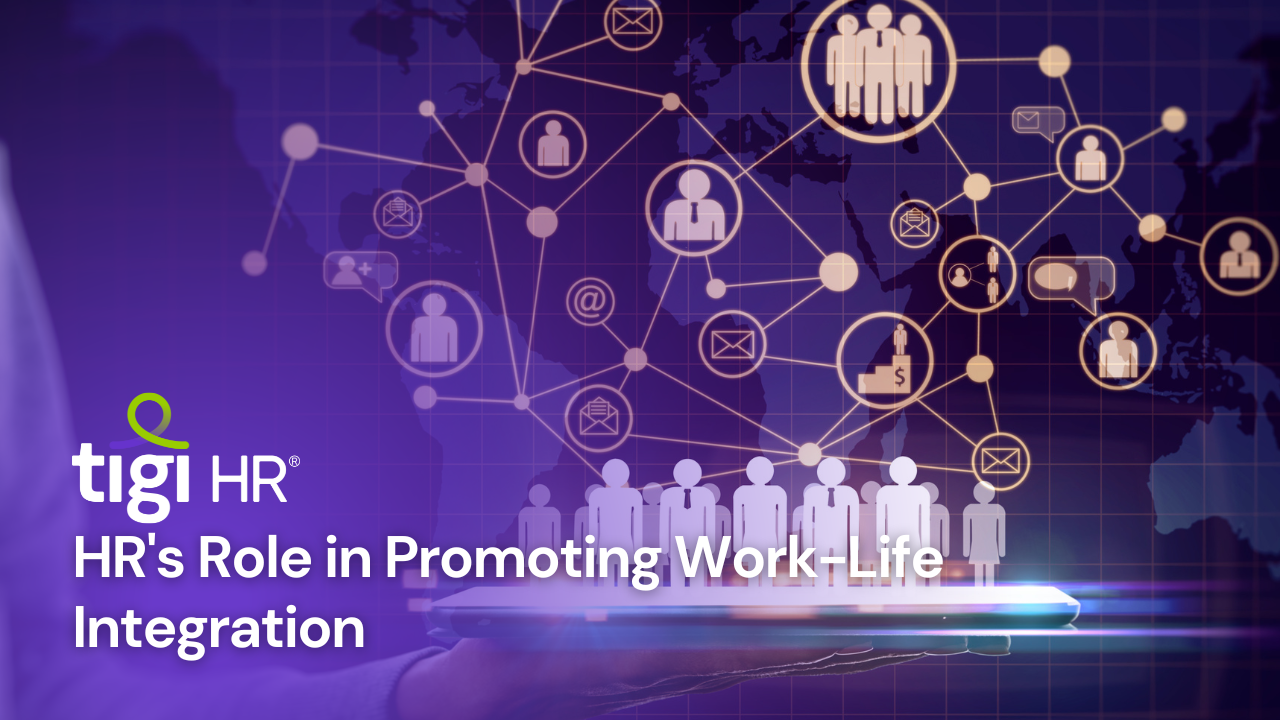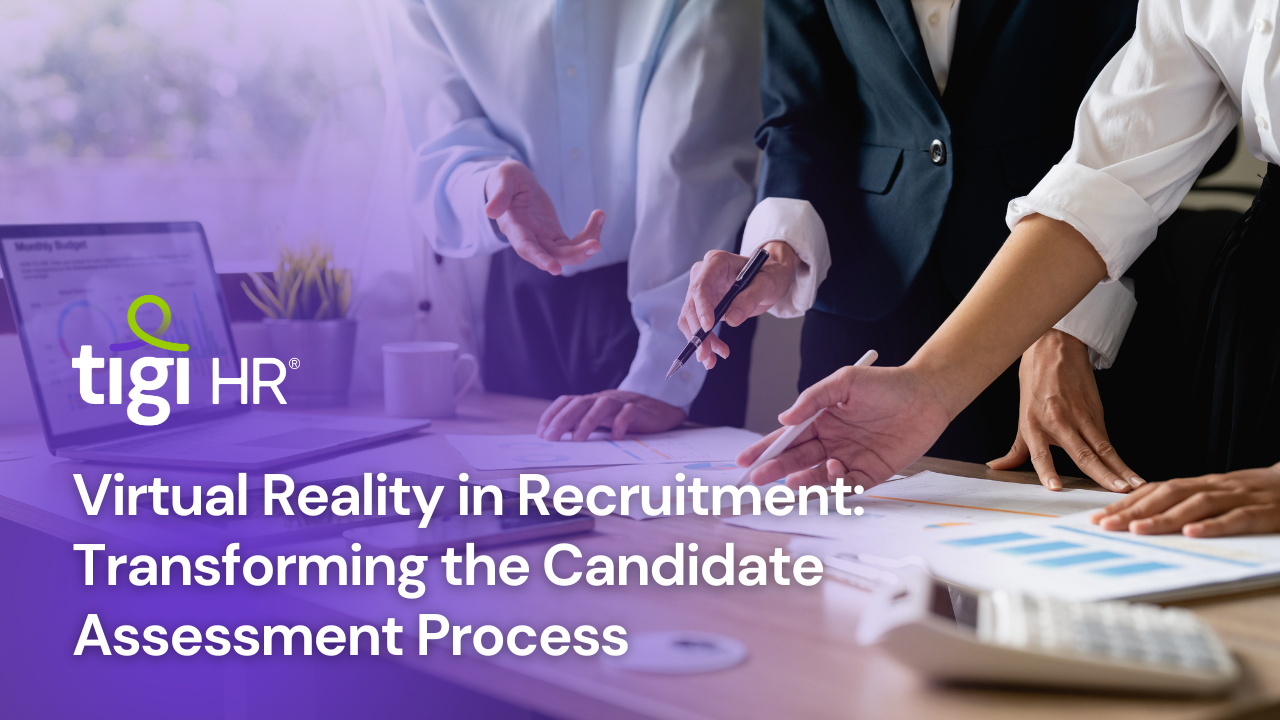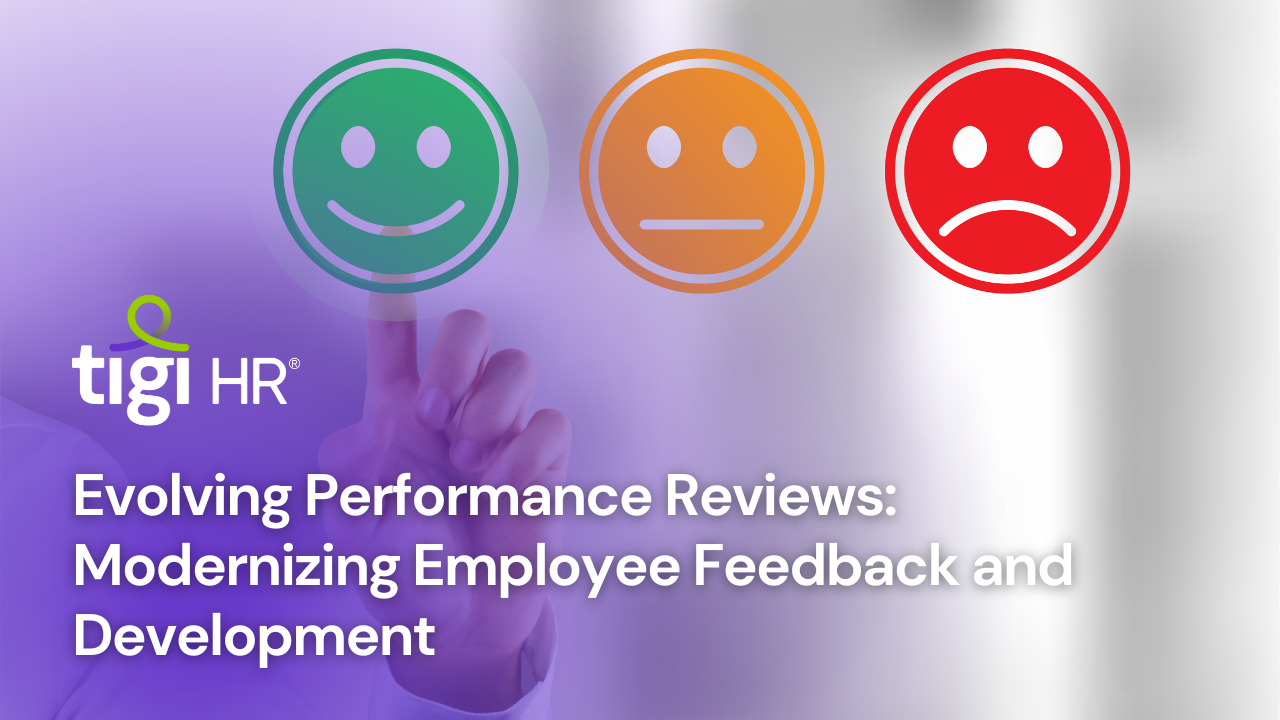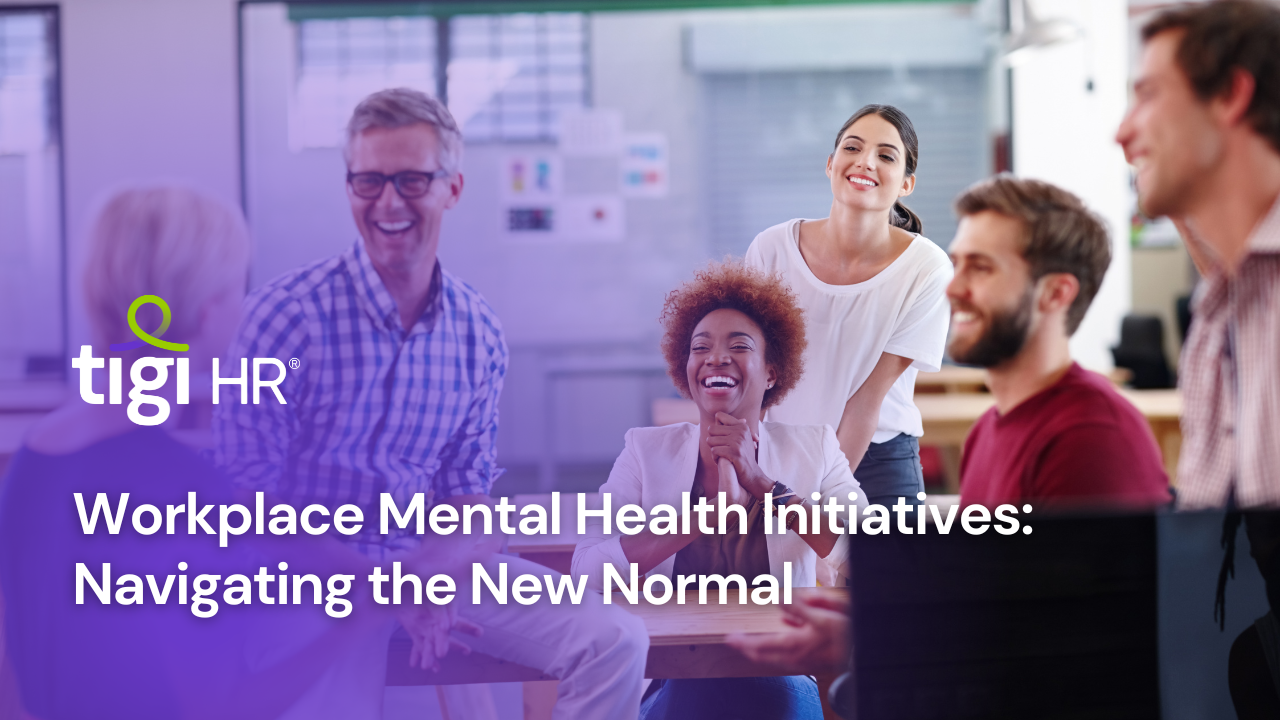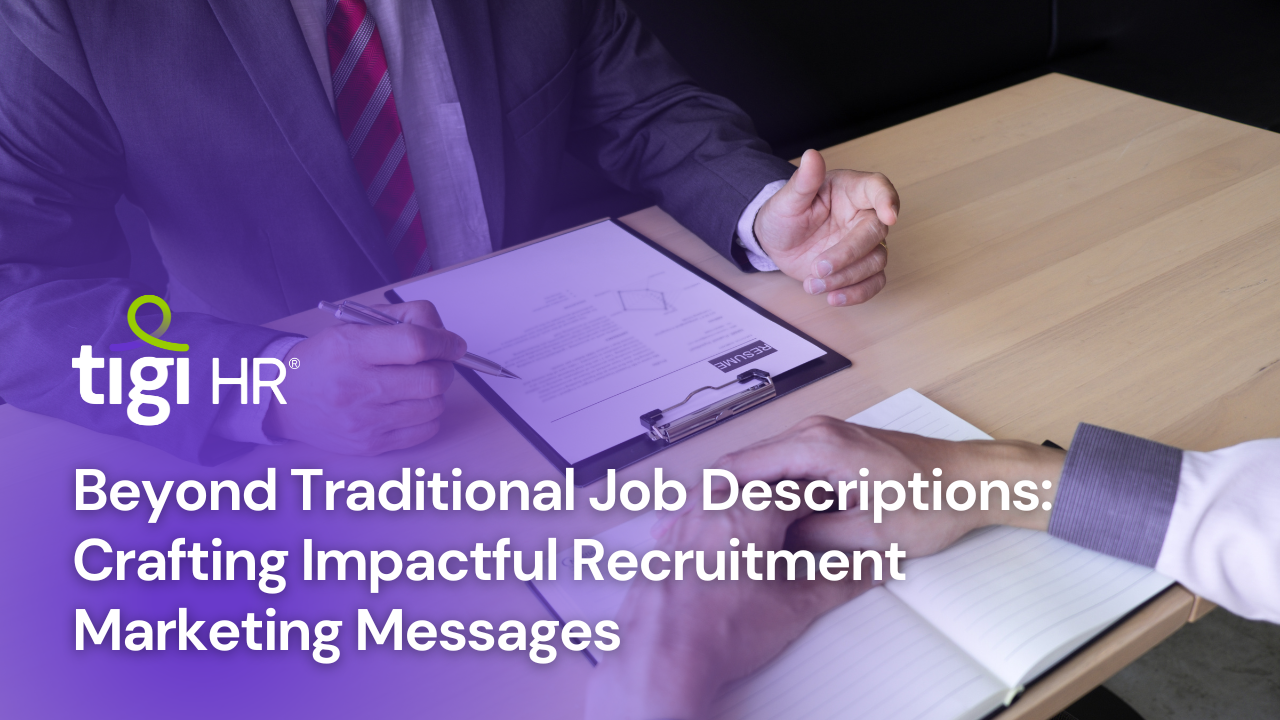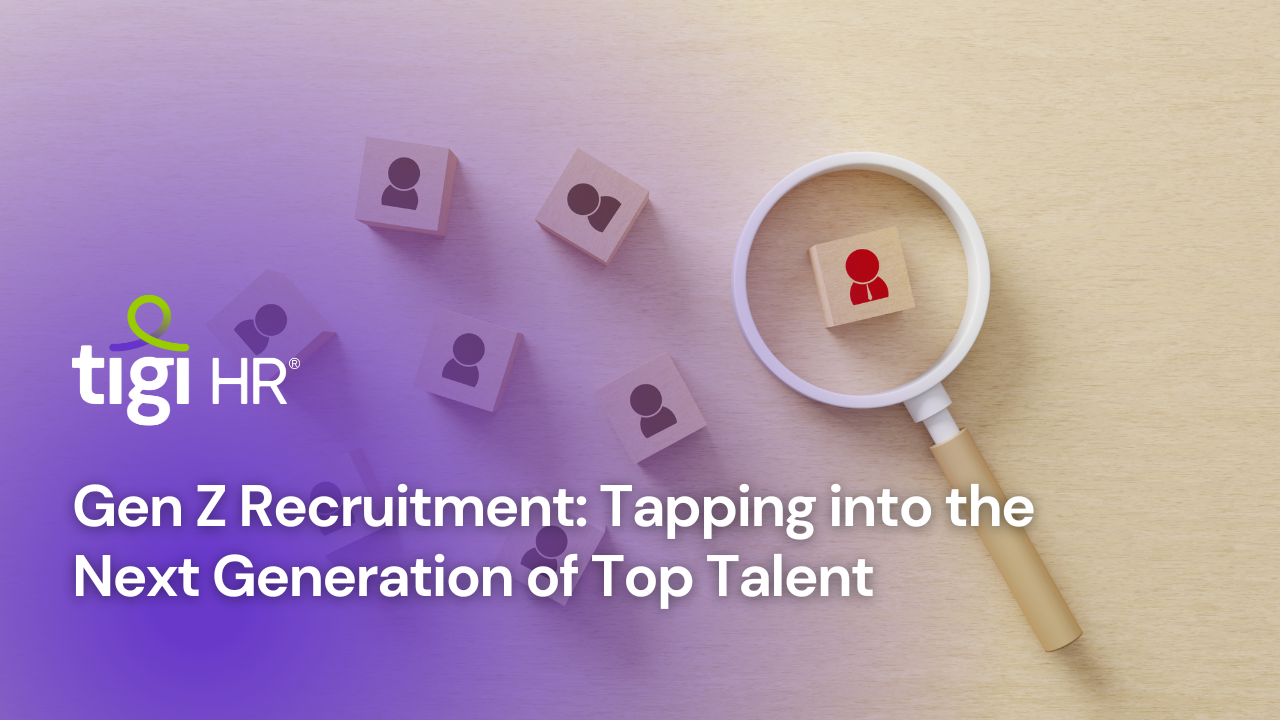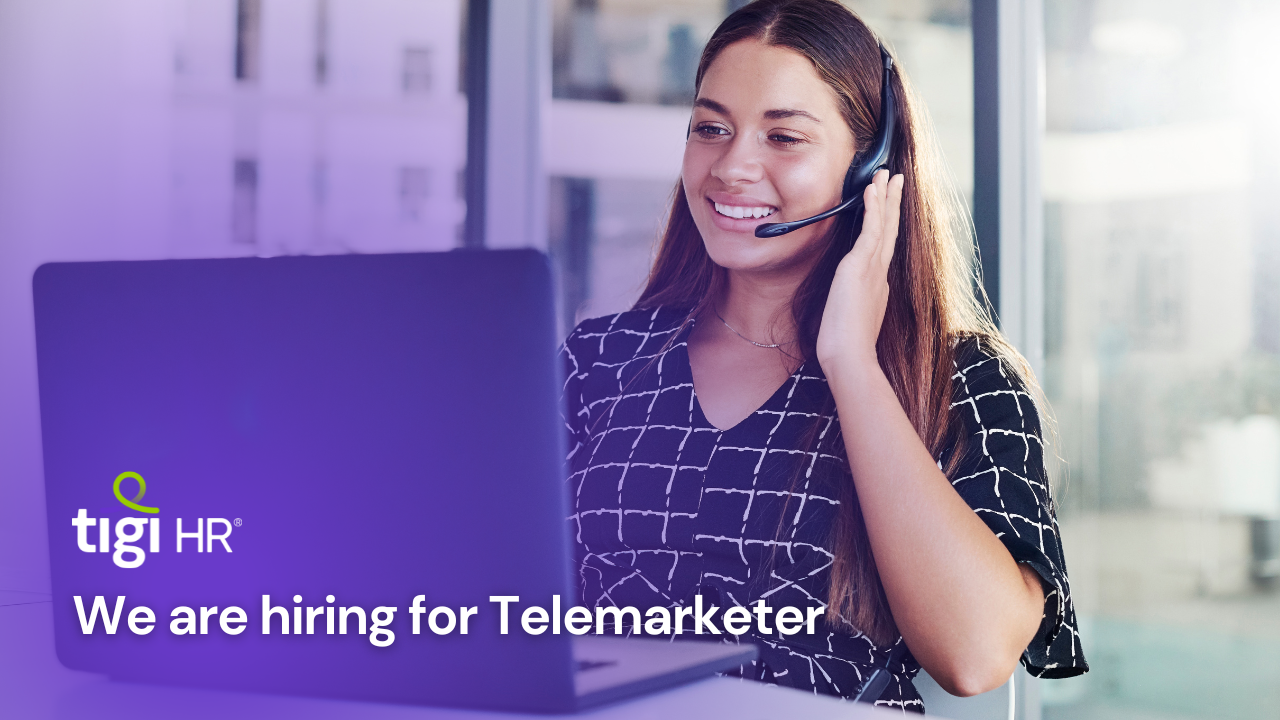Join our team as a Customer Support Representative at [Your Company Name] and be the voice of our exceptional customer service. Help customers with inquiries, resolve issues, and embody our commitment to excellence. If you’re a problem-solver with great communication skills, we want you to be a part of our dynamic, customer-centric team.
Month: September 2023
Creating a Culture of Continuous Learning in HR Departments
In the ever-evolving world of Human Resources, continuous learning is the cornerstone of success. HR professionals must adapt to technology, navigate regulatory changes, and enhance the employee experience. By investing in learning platforms, fostering mentorship programs, and setting clear goals, HR departments can thrive. This culture of growth not only benefits HR but also drives overall organizational success.
HR’s Role in Promoting Work-Life Integration
Human Resources (HR) is at the forefront of the work-life integration movement. HR professionals craft employee-focused policies, establish assistance programs, and foster cultures of flexibility, all to empower employees in achieving a harmonious work-life balance. By continually seeking feedback and measuring the effectiveness of initiatives, HR ensures that organizations prioritize employee well-being. The result is a more engaged, productive workforce, driving success in both personal and professional realms.
The Gig Economy: HR Strategies for Managing Freelancers
In the dynamic gig economy, effective HR strategies are essential for managing freelancers. Streamlined onboarding, clear communication, and defined expectations are key. Flexibility, transparent payment processes, and compliance with labor laws ensure a positive freelancer experience. Building relationships, promoting skill development, and handling conflicts constructively can lead to long-term collaborations. To thrive in this evolving work landscape, HR professionals must embrace adaptability and prioritize the unique needs of their freelance workforce.
Virtual Reality in Recruitment: Transforming the Candidate Assessment Process
In the dynamic landscape of talent acquisition, innovation is the key to finding and retaining the best talent. Traditional methods of candidate assessment, marked by interviews and standardized tests, often fall short in providing a comprehensive view of a candidate’s potential. Enter Virtual Reality (VR), a groundbreaking technology that has transcended the boundaries of gaming and entertainment to become a powerful tool in the world of recruitment.
This article explores the transformative potential of VR in recruitment, highlighting its benefits and its profound impact on the candidate assessment process. Backed by authentic statistics and insights, it sheds light on why organizations are increasingly turning to VR to revolutionize the way they identify and evaluate top talent.
VR in recruitment is not merely a trend; it represents a seismic shift in how organizations approach candidate assessment. It introduces immersive simulations that allow candidates to showcase their skills, behaviors, and potential in a dynamic, virtual environment. By providing a real-world context for evaluation, VR assessments offer unparalleled accuracy and depth, making them a game-changer in the quest for top talent.
Join us on a journey into the world of Virtual Reality in recruitment as we delve into how this cutting-edge technology is reshaping the recruitment landscape, delivering more accurate assessments, enhancing candidate experiences, and ultimately helping organizations build stronger and more capable teams. The future of talent acquisition is here, and it’s immersive, engaging, and transformative.
Evolving Performance Reviews: Modernizing Employee Feedback and Development
In the ever-changing world of work, the static and one-size-fits-all nature of traditional performance reviews has become increasingly inadequate. The annual or semi-annual ritual of evaluating employee performance has faced scrutiny for its lack of timeliness, bias, and limited impact on employee development. As the workforce and workplace continue to evolve, organizations are realizing the need for a paradigm shift in how they assess and support their employees.
This article delves into the changing landscape of performance reviews, highlighting the drawbacks of traditional methods and the imperative of modernizing feedback and development mechanisms. Statistics and insights underscore the urgency of this transformation, revealing that the vast majority of HR professionals and employees find traditional reviews ineffective and uninspiring.
Discover the key elements of this shift toward modern performance reviews, where continuous feedback, goal alignment, customized development, and a culture of open communication take center stage. These elements not only address the shortcomings of traditional reviews but also empower employees to take charge of their growth and contribute more meaningfully to organizational success.
As we explore the future of performance reviews, it becomes evident that this transformation is not merely a trend but a strategic necessity. Embracing the principles of modern performance reviews isn’t just about staying relevant; it’s about creating a workplace where individuals are encouraged to learn, grow, and thrive. Join us in this journey as we navigate the path to a future where performance reviews are a catalyst for employee development and organizational excellence.
Workplace Mental Health Initiatives: Navigating the New Normal
The world of work has undergone a profound transformation, and the reverberations of this change extend far beyond remote work setups and digital collaboration tools. The new normal, shaped by the COVID-19 pandemic, has cast a spotlight on an often overlooked but critical aspect of our professional lives: mental health in the workplace.
This article explores the evolving landscape of workplace mental health, highlighting the unprecedented challenges posed by the pandemic and the urgent need for organizations to proactively address them. As the statistics suggest, the cost of neglecting mental health is steep, not only in terms of productivity but also in terms of the human toll it exacts.
The workplace, once seen solely as a venue for work-related activities, is now a microcosm of our lives, where well-being has become integral to organizational success. Discover how organizations are navigating this new normal by implementing a range of initiatives that go beyond mere awareness and delve into tangible strategies for supporting mental health. From mental health awareness programs and employee assistance programs to flexible work arrangements and remote work policies, organizations are recognizing that well-being is not just a perk but a strategic imperative.
Explore the insights and statistics that underscore the importance of workplace mental health initiatives, and learn how organizations can measure the impact of their efforts. As we navigate this new normal, one thing is clear: a mentally healthy workforce is not just a desirable outcome; it’s a foundational element of a resilient and thriving organization. Join us on this journey as we delve deeper into the world of workplace mental health and the strategies that are helping organizations chart a course toward a brighter and more compassionate future.
Beyond Traditional Job Descriptions: Crafting Impactful Recruitment Marketing Messages
In a world where job seekers have access to a plethora of information and choices, the traditional job description has lost its luster. A mere list of roles and responsibilities is no longer sufficient to attract top talent. Instead, organizations must embark on a journey of transformation, where they evolve from passive job listings to active creators of compelling recruitment marketing messages.
Recruitment marketing, once a novel concept, is now a cornerstone of talent acquisition strategy. It acknowledges that attracting the right talent goes beyond matching skills with job roles; it’s about creating a narrative, painting a picture of what it means to be a part of your organization, and appealing to the aspirations and values of potential candidates.
In this article, we explore the art and science of crafting impactful recruitment marketing messages. We’ll delve into strategies that go beyond the conventional, offering a profound understanding of why and how this transformation is essential in the modern job market.
Discover how to define your employer brand, tailor your messages to resonate with your target audience, leverage the power of storytelling, and use multimedia to captivate candidates. Learn how to shift the focus from job features to the benefits of working for your organization and why showcasing employee testimonials can provide authenticity to your messaging.
Recruitment marketing is not just a trend; it’s a strategic imperative in today’s competitive talent landscape. Join us as we unravel the secrets to crafting messages that not only attract top talent but also set the stage for a harmonious and productive employer-employee relationship.
Gen Z Recruitment: Tapping into the Next Generation of Top Talent
In a world driven by rapid technological advancements and evolving workplace dynamics, the importance of understanding and engaging Generation Z cannot be overstated. Born into a digital age, Gen Z brings a unique set of skills, values, and expectations to the job market. As they begin to step into the professional world, organizations must adapt their recruitment strategies to tap into this wellspring of top talent.
What defines Gen Z, and what makes them stand out in the job market? This generation, born between the mid-1990s and the early 2010s, is a product of its time. They are true digital natives, navigating the intricacies of technology from an early age, and they expect the same level of tech-savviness from their future employers. Gen Z is entrepreneurial, socially conscious, and financially aware, making them a multifaceted force to reckon with.
To attract and retain Gen Z talent, businesses must align their recruitment efforts with the values and aspirations of this generation. Our article explores the key strategies organizations can employ to not only recruit Gen Z effectively but also create an environment where they thrive. From emphasizing career growth opportunities and promoting diversity and inclusion to showcasing corporate social responsibility and leveraging social media, this article offers a comprehensive guide to harnessing the potential of tomorrow’s leaders.
But it’s not just about strategies; it’s about understanding the mindset and priorities of Gen Z. We’ll back our insights with the latest statistics and industry trends to underscore the urgency and significance of adapting your recruitment approach. As Gen Z takes its place in the workforce, forward-thinking companies will leverage their potential to drive innovation and success.
Join us on this journey as we dive deeper into the world of Gen Z recruitment, exploring the pathways to attracting and retaining the next generation of top talent that will shape the future of your organization.
We are hiring for Telemarketer!
Join TIGI HR as a Telemarketer! Drive sales, nurture leads, and exceed targets. We’re seeking persuasive communicators with a passion for customer engagement. Enjoy competitive compensation, growth opportunities, and a supportive team environment. Apply now to be part of our dynamic sales force!


